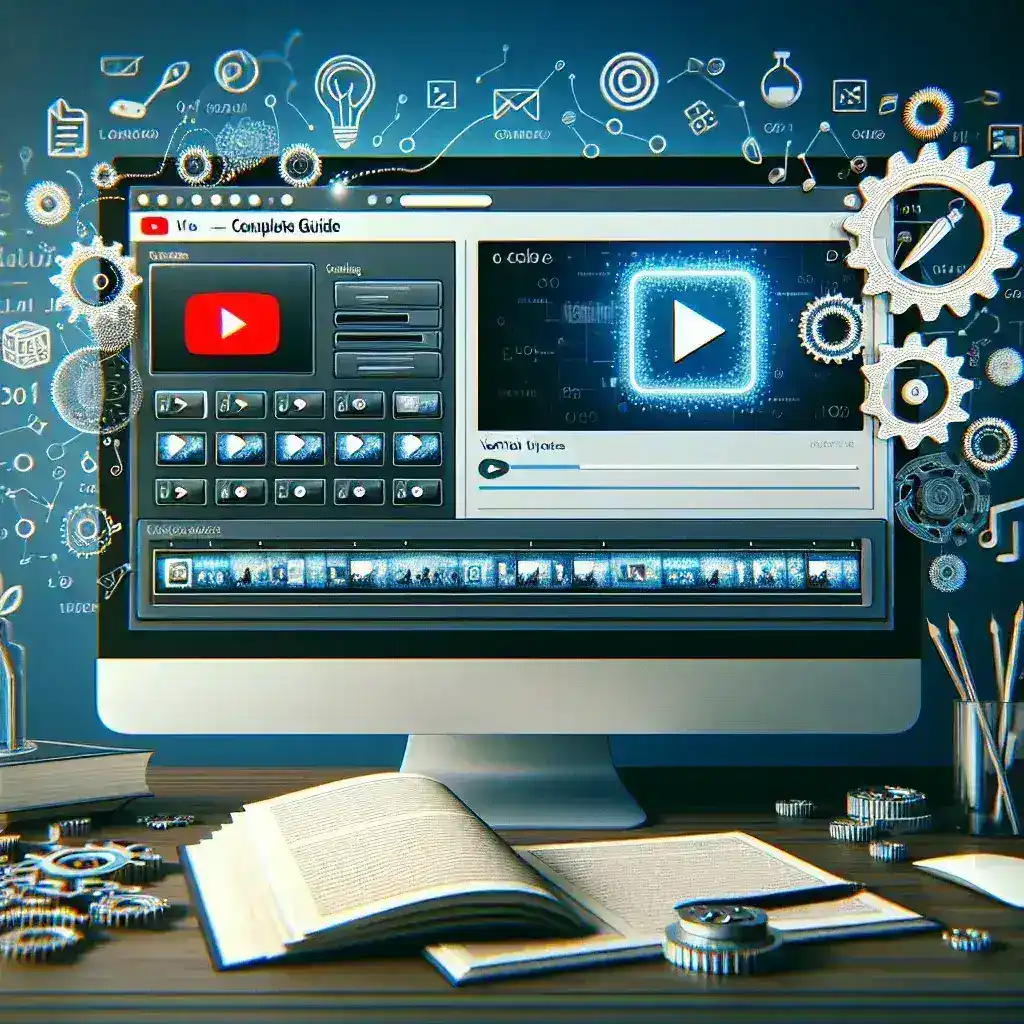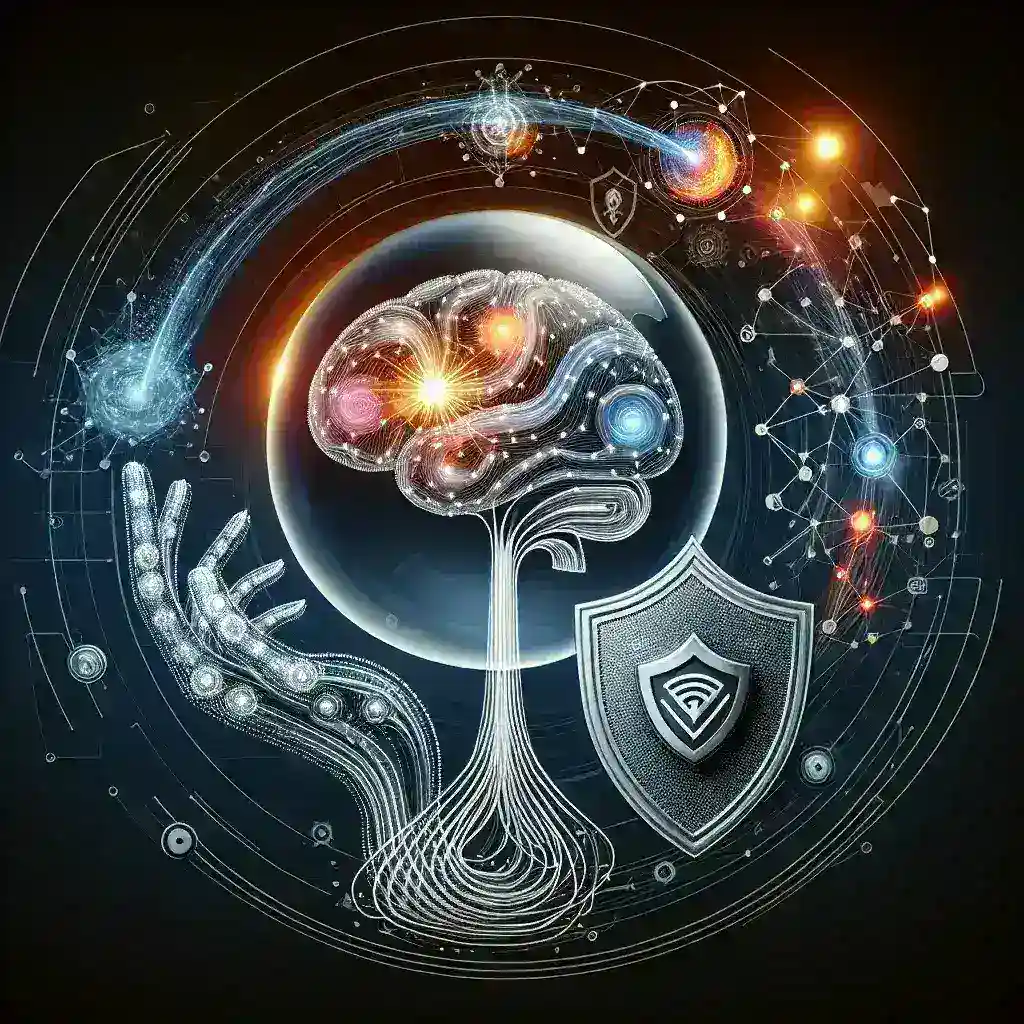The Revolution of Automated Video Creation
In today’s fast-paced digital landscape, content creators face an unprecedented challenge: producing high-quality YouTube videos consistently while managing time constraints and resource limitations. The solution lies in automation through templates, a game-changing approach that transforms how creators develop their content strategy.
Video automation represents more than just a technological advancement; it’s a paradigm shift that democratizes content creation. By leveraging pre-designed templates and automated workflows, creators can focus on what truly matters—delivering value to their audience—while technology handles the repetitive technical aspects.
Understanding Template-Based Video Automation
Template-based video automation involves creating standardized frameworks that can be customized with different content while maintaining consistent branding and structure. Think of it as a digital assembly line where each template serves as a blueprint for rapid video production.
This approach encompasses several key components:
- Pre-designed visual layouts and animations
- Automated text-to-speech integration
- Dynamic content insertion capabilities
- Consistent branding elements
- Streamlined rendering processes
The Science Behind Automation Efficiency
Research indicates that template-based creation can reduce video production time by up to 80% compared to traditional methods. This efficiency gain stems from eliminating repetitive design decisions and technical setup processes that typically consume significant portions of the creation timeline.
Essential Tools for YouTube Video Automation
The market offers numerous platforms designed specifically for automated video creation. Each tool brings unique strengths to different aspects of the production process.
AI-Powered Video Generators
Artificial intelligence platforms have revolutionized template-based creation by offering sophisticated automation capabilities. These tools can generate entire videos from simple text inputs, automatically selecting appropriate visuals, transitions, and audio elements.
Leading AI platforms provide features such as:
- Natural language processing for script analysis
- Automatic scene generation based on content themes
- Voice synthesis with multiple personality options
- Dynamic visual matching to narrative elements
Template-Focused Creation Platforms
Specialized template platforms offer extensive libraries of pre-designed video formats optimized for different YouTube content types. These platforms excel in providing industry-specific templates that cater to educational content, product reviews, tutorials, and entertainment formats.
Workflow Integration Solutions
Advanced creators often utilize comprehensive workflow platforms that integrate multiple automation tools into cohesive production pipelines. These solutions enable creators to establish end-to-end automated processes from content planning through final upload.
Step-by-Step Implementation Strategy
Phase 1: Foundation Setup
Begin by analyzing your existing content to identify patterns and recurring elements. This analysis forms the foundation for template development. Document your brand guidelines, including color schemes, typography preferences, and visual style elements that should remain consistent across all videos.
Create a content categorization system that groups your videos into distinct types. Common categories include tutorials, reviews, announcements, and entertainment content. Each category will require specialized templates optimized for its specific purpose.
Phase 2: Template Development
Develop master templates for each content category identified in Phase 1. These templates should include placeholder elements for variable content while maintaining fixed branding components. Consider creating multiple variations within each category to prevent viewer fatigue from overly repetitive formats.
Focus on creating templates that accommodate different video lengths and content complexities. A robust template library should include options for quick 2-minute updates as well as comprehensive 20-minute deep-dive content.
Phase 3: Automation Workflow Creation
Establish automated workflows that connect your content creation process with template application. This might involve integrating content management systems with video generation platforms or setting up automated triggers based on content publication schedules.
Implement quality control checkpoints within your automation workflow to ensure that generated content meets your standards before publication. Automated doesn’t mean unmonitored; strategic human oversight remains crucial for maintaining content quality.
Phase 4: Testing and Optimization
Conduct systematic testing of your automated templates across different content types and scenarios. Monitor performance metrics including production time, viewer engagement, and content quality scores. Use this data to refine and improve your templates continuously.
Advanced Automation Techniques
Dynamic Content Integration
Sophisticated automation systems can integrate dynamic content sources such as RSS feeds, social media updates, or database queries. This capability enables the creation of videos that automatically incorporate current information without manual intervention.
For example, a financial channel might create templates that automatically generate market update videos using real-time stock data and news feeds. This approach ensures content freshness while minimizing manual effort.
Multi-Platform Optimization
Advanced templates can automatically generate multiple versions of the same content optimized for different platforms. A single source video might automatically generate versions optimized for YouTube Shorts, Instagram Reels, and TikTok, each with platform-specific formatting and duration constraints.
Personalization at Scale
Modern automation tools enable mass personalization where templates can generate customized versions for different audience segments or geographic regions. This technique allows creators to maintain personal connections with diverse audience groups without exponentially increasing production workload.
Quality Control and Brand Consistency
Maintaining quality while scaling production requires strategic quality control measures integrated into automated workflows. Establish clear criteria for automated content approval and implement systematic review processes for template-generated videos.
Brand consistency becomes even more critical in automated production environments. Develop comprehensive brand guidelines that can be programmatically enforced through template constraints and automated checking systems.
Human Oversight Integration
Successful automation strategies incorporate human creativity and oversight at strategic points in the production process. While templates handle technical execution, human input remains essential for creative direction, content strategy, and quality assurance.
Measuring Success and ROI
Track key performance indicators that demonstrate the value of your automation investment. Important metrics include:
- Production time reduction percentages
- Content output volume increases
- Consistency scores across video series
- Viewer engagement metrics
- Cost per video production
Analyze how automation affects your content’s performance on YouTube’s algorithm. Monitor changes in view duration, click-through rates, and subscriber growth to ensure that efficiency gains don’t compromise content effectiveness.
Future Trends in Video Automation
The landscape of video automation continues evolving rapidly with emerging technologies promising even more sophisticated capabilities. Machine learning algorithms are becoming increasingly adept at understanding content context and generating appropriate visual representations.
Voice cloning technology is advancing to the point where creators can generate consistent narration across multiple videos without recording new audio for each piece. This development particularly benefits creators who produce high-volume educational or informational content.
Integration with live data sources is becoming more seamless, enabling real-time content generation that responds to current events, trending topics, or audience behavior patterns.
Overcoming Common Implementation Challenges
Many creators encounter obstacles when transitioning to automated production methods. Common challenges include initial setup complexity, template design learning curves, and concerns about content authenticity.
Address these challenges through phased implementation approaches that gradually introduce automation elements rather than attempting complete system overhauls. Start with simple template applications and progressively incorporate more sophisticated automation features as comfort and expertise develop.
Maintaining Authenticity
Automated content creation raises valid concerns about maintaining authentic creator voice and personality. The key lies in viewing automation as a creative amplification tool rather than a replacement for human creativity. Templates should enhance your natural content style rather than impose artificial constraints.
Conclusion: Embracing the Automated Future
Template-based YouTube video automation represents a transformative opportunity for content creators seeking to scale their production capabilities while maintaining quality and consistency. Success requires strategic planning, thoughtful implementation, and ongoing optimization based on performance data and audience feedback.
The creators who thrive in tomorrow’s competitive landscape will be those who master the balance between automated efficiency and human creativity. By embracing these technologies today, you position yourself at the forefront of content creation evolution, ready to capitalize on the unprecedented opportunities that automated video production provides.
Remember that automation serves as a powerful tool in your creative arsenal, not a replacement for your unique perspective and voice. The most successful automated content strategies amplify human creativity rather than diminishing it, creating more opportunities for meaningful audience connections while dramatically improving production efficiency.



